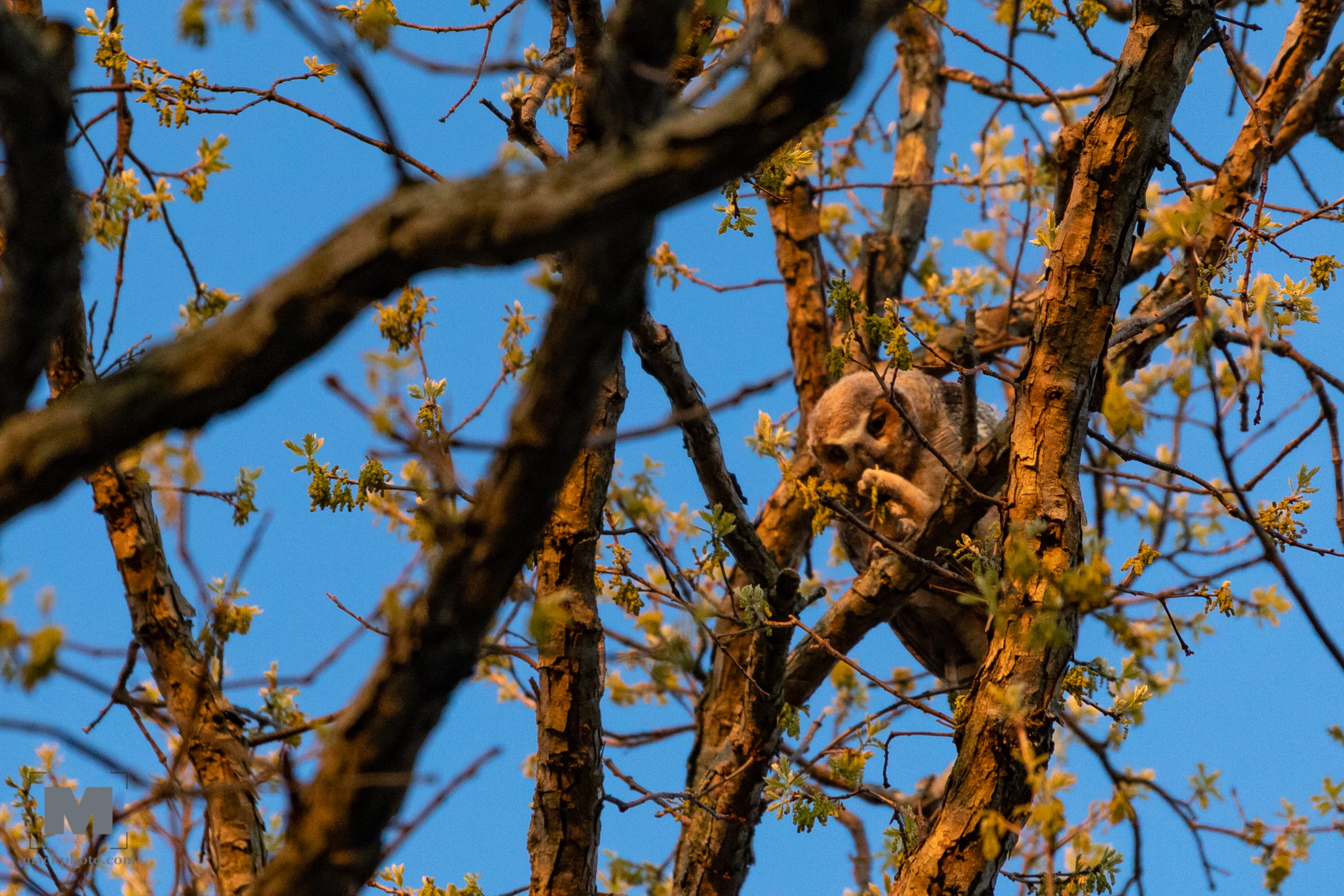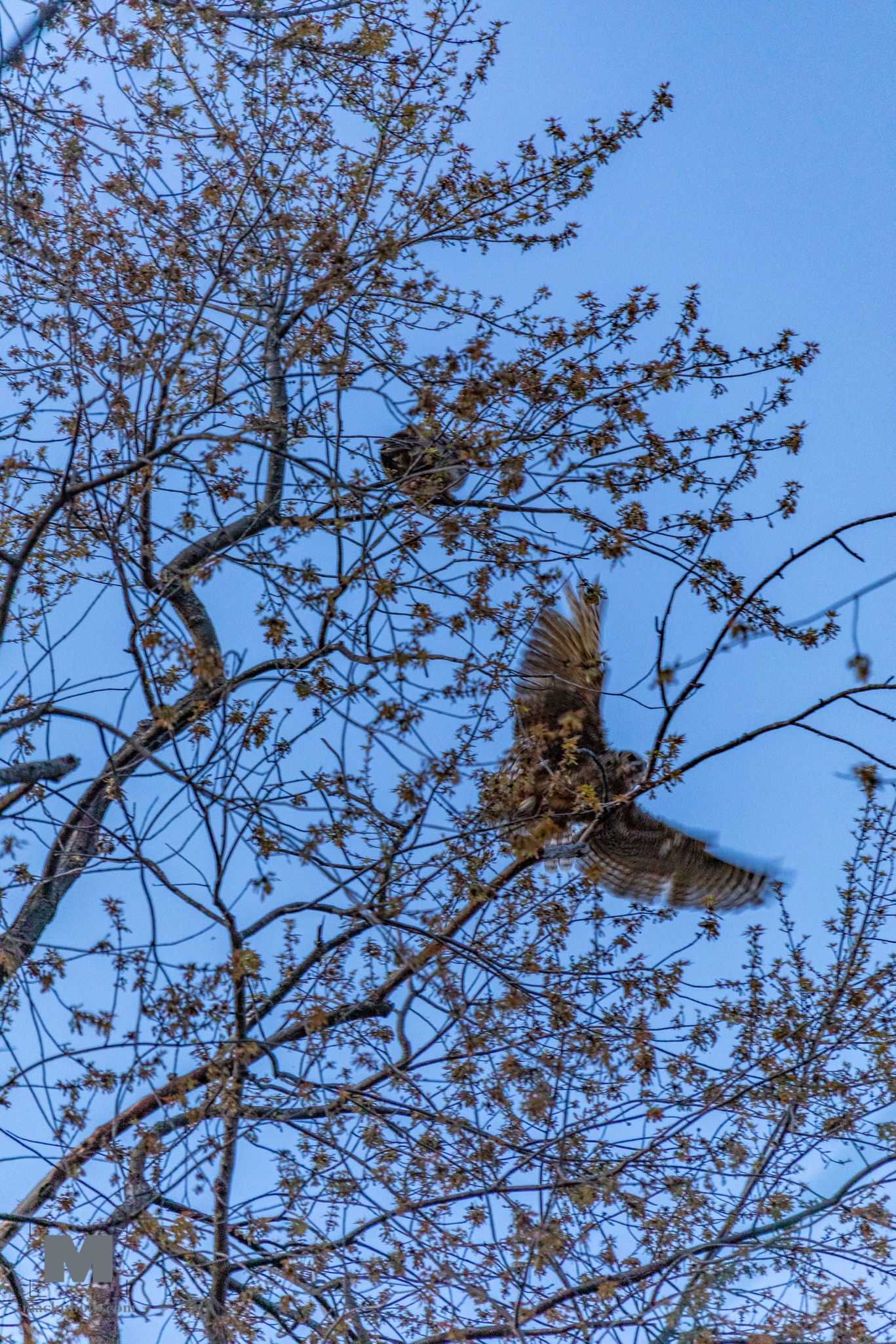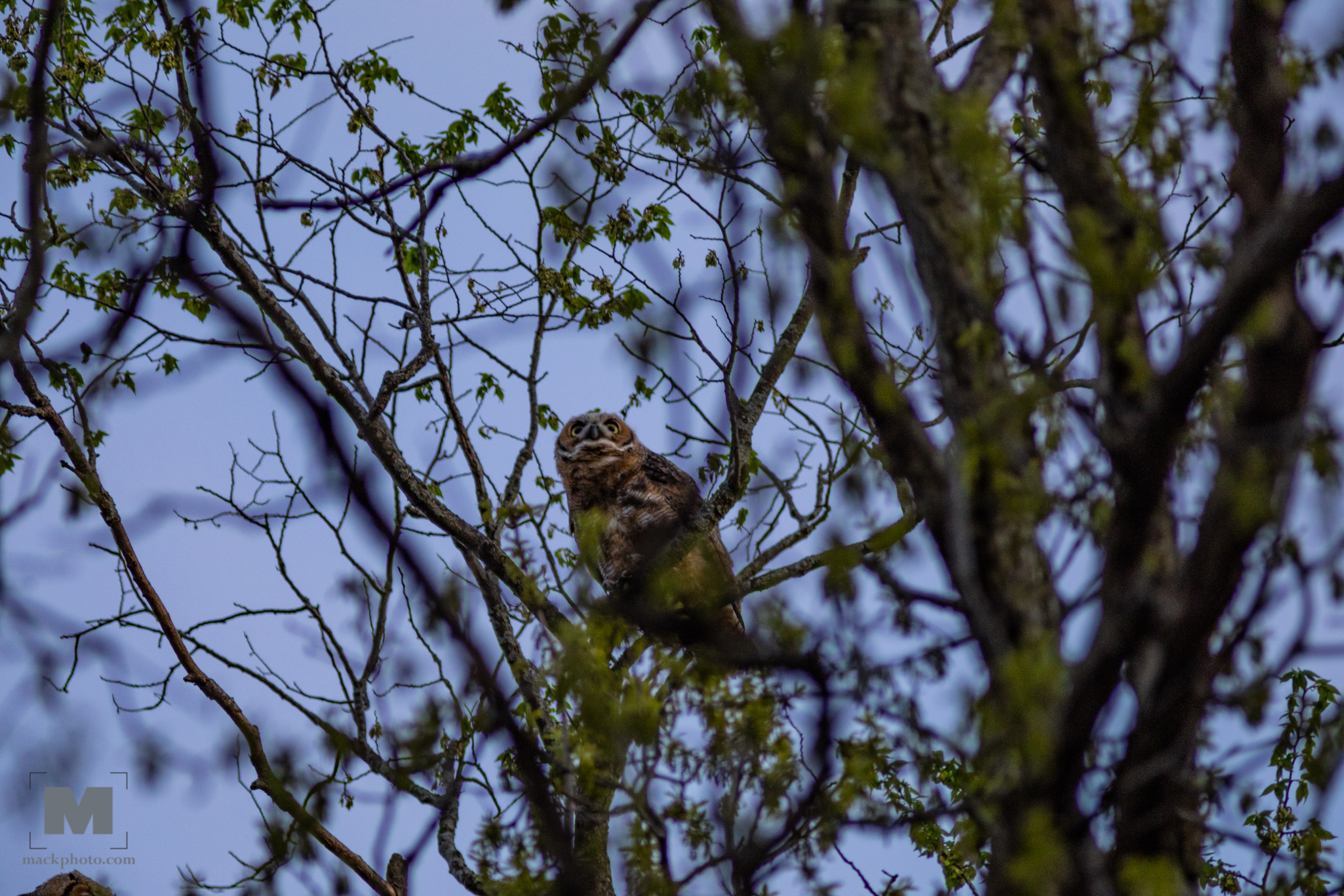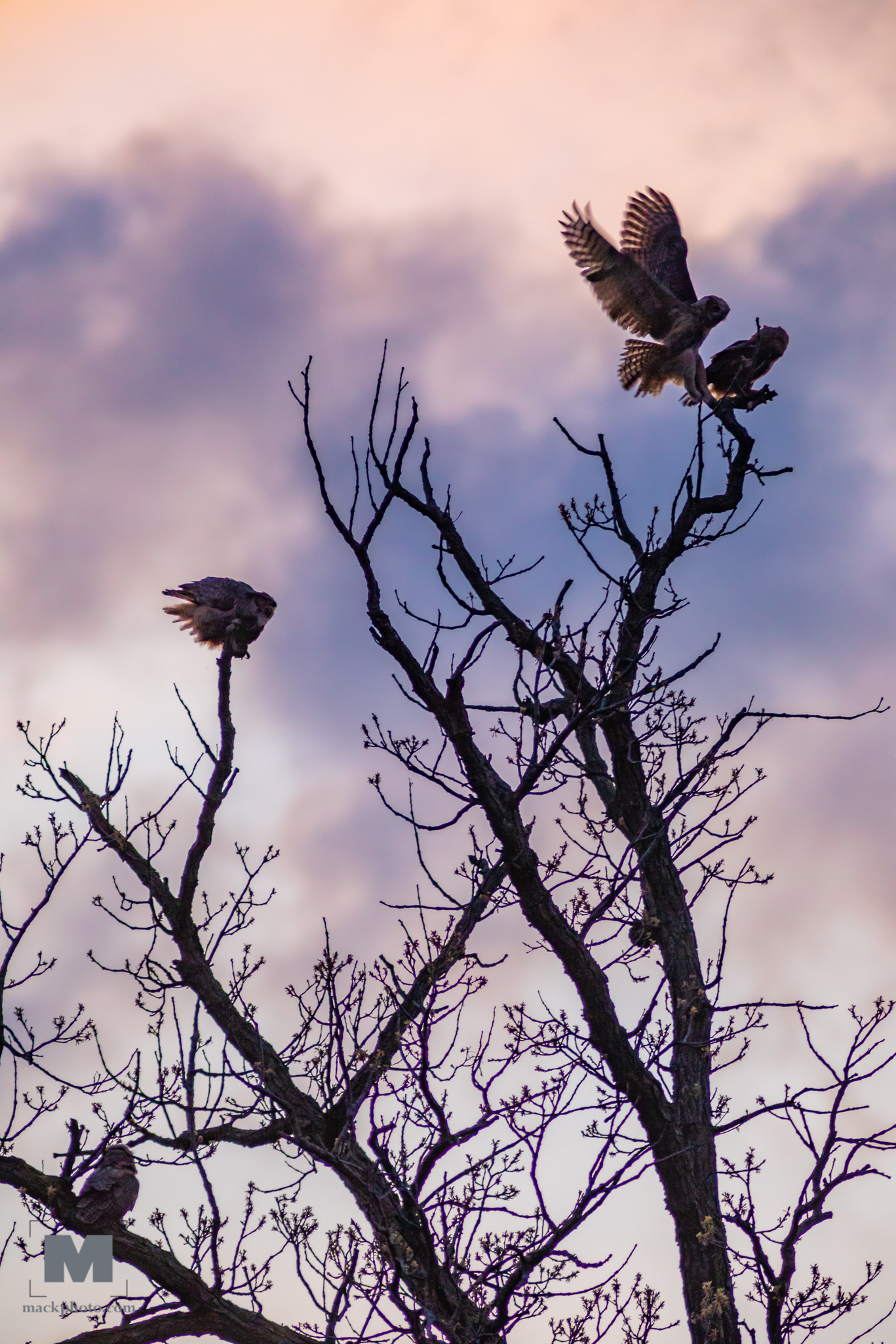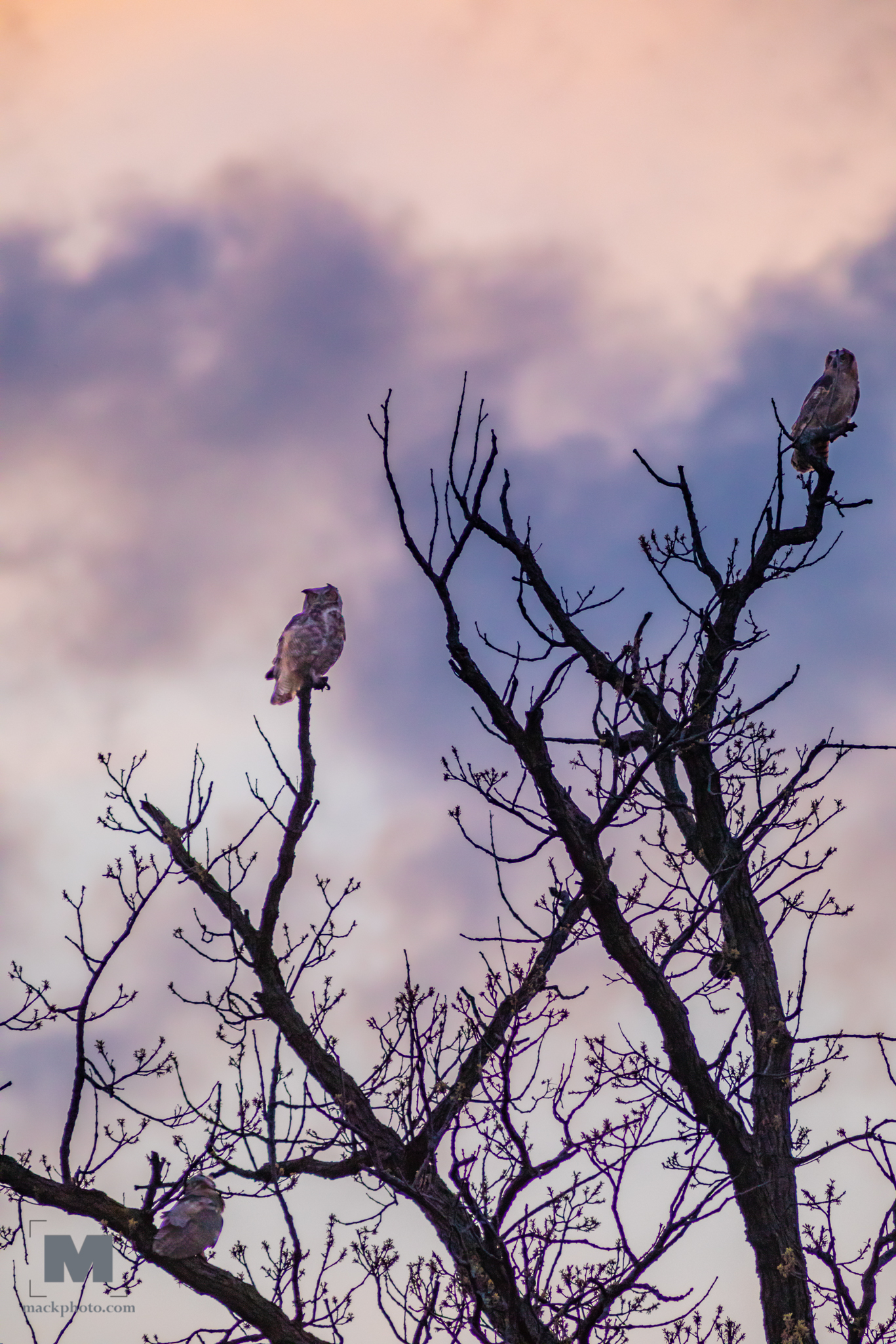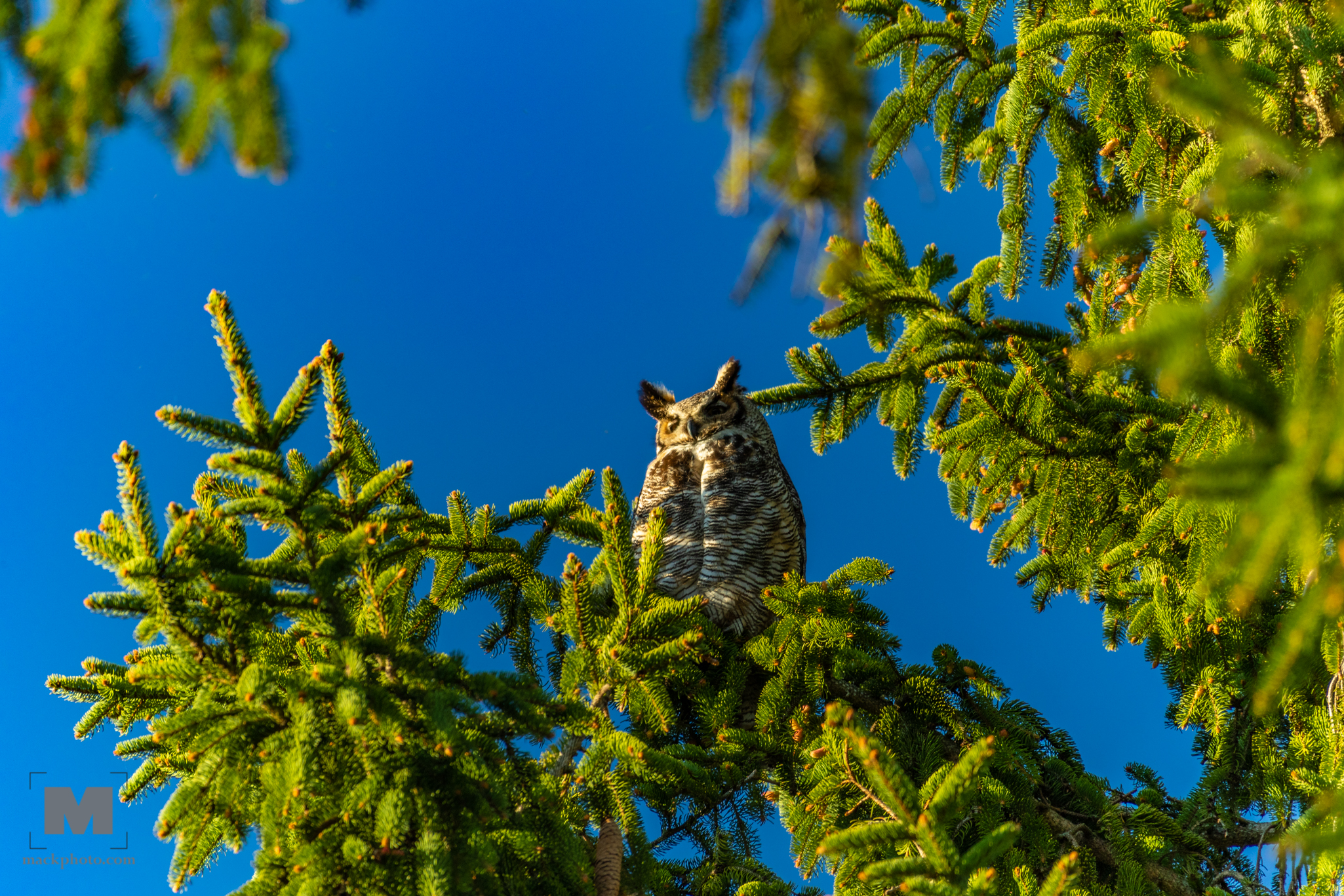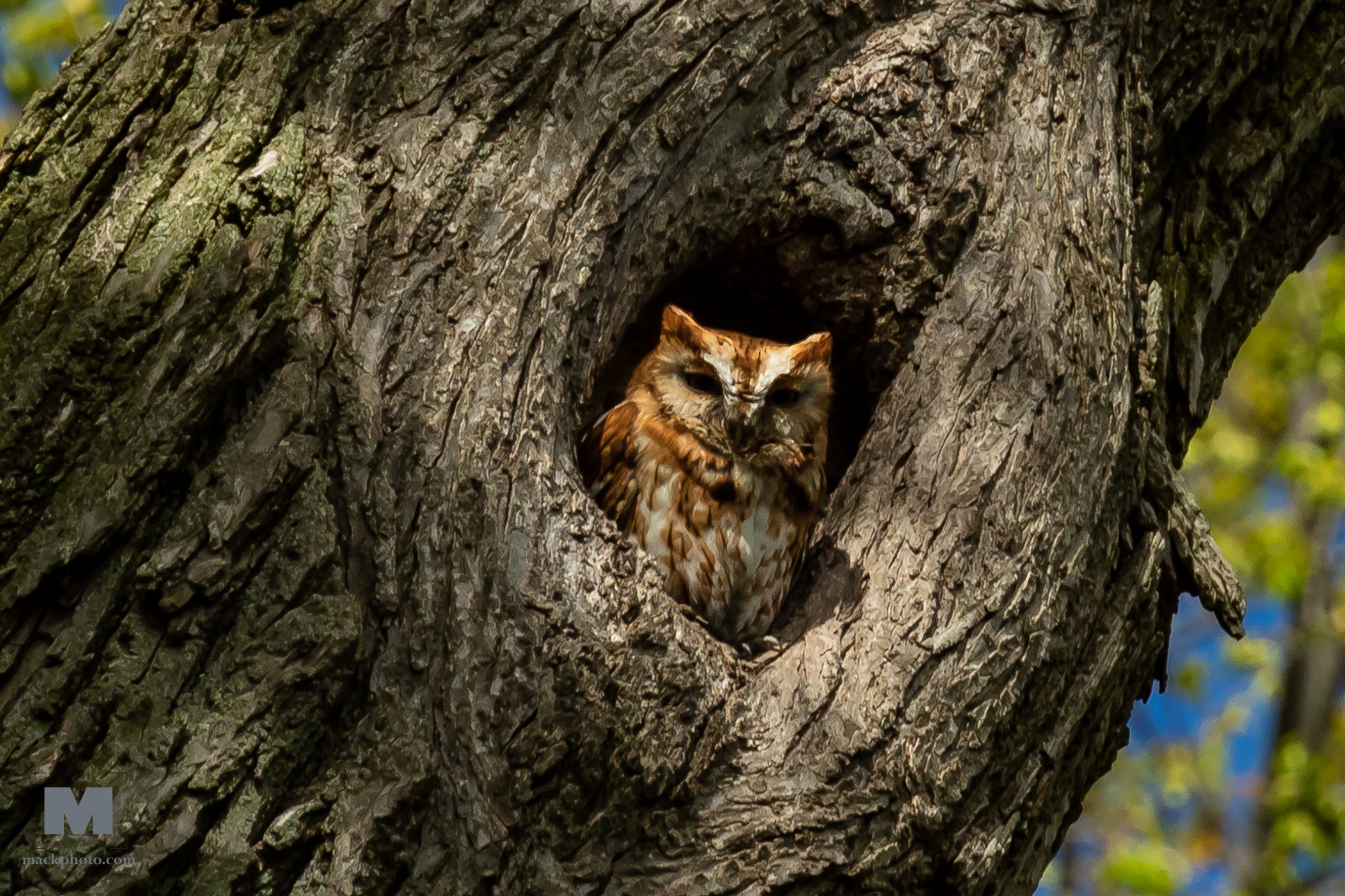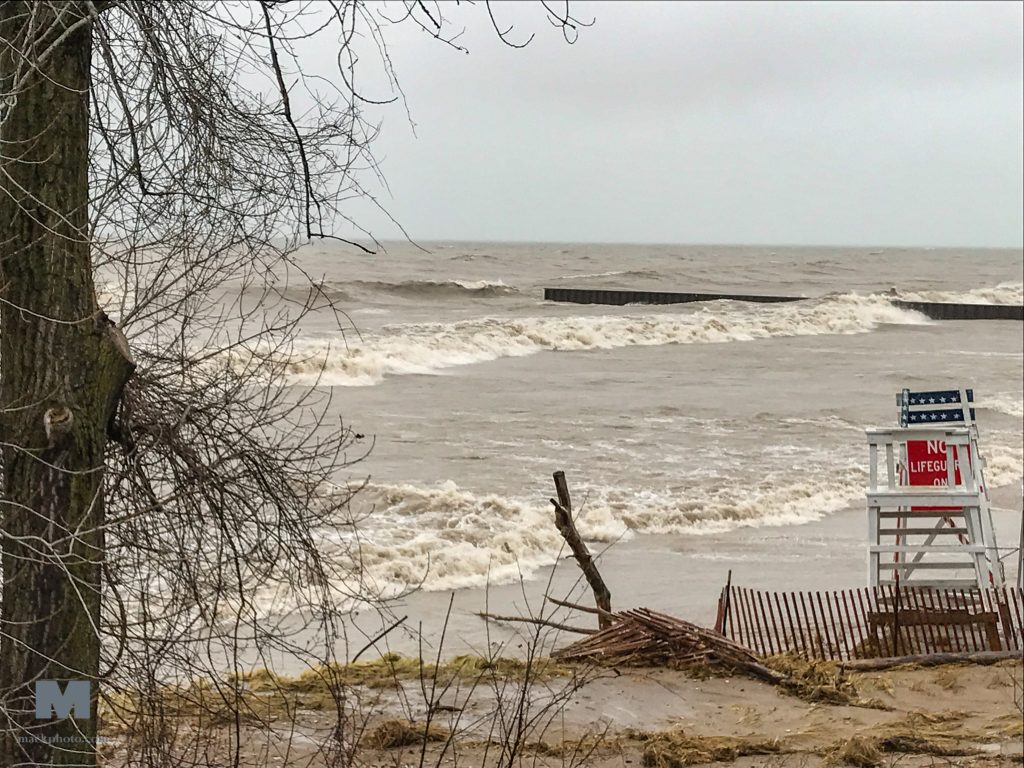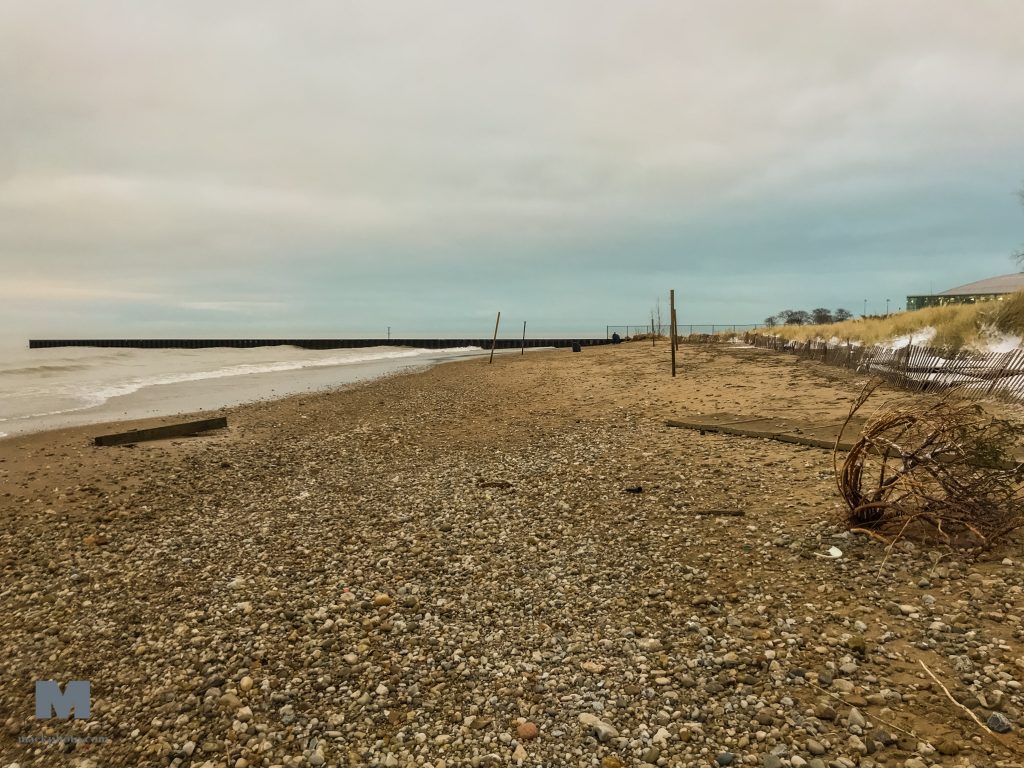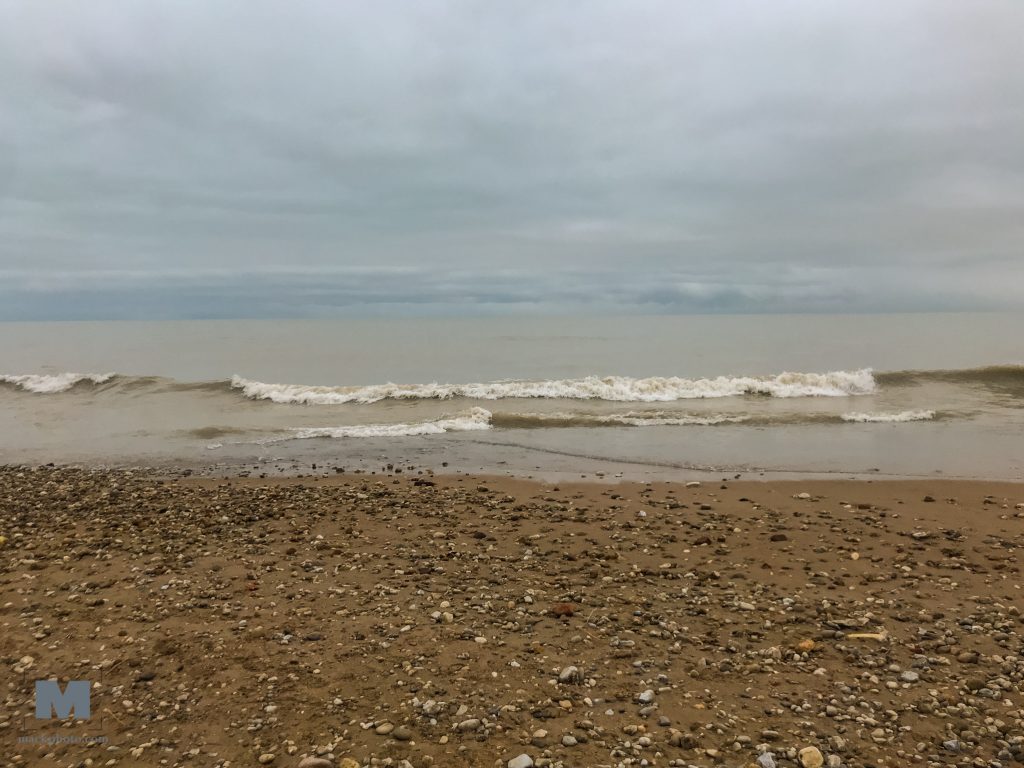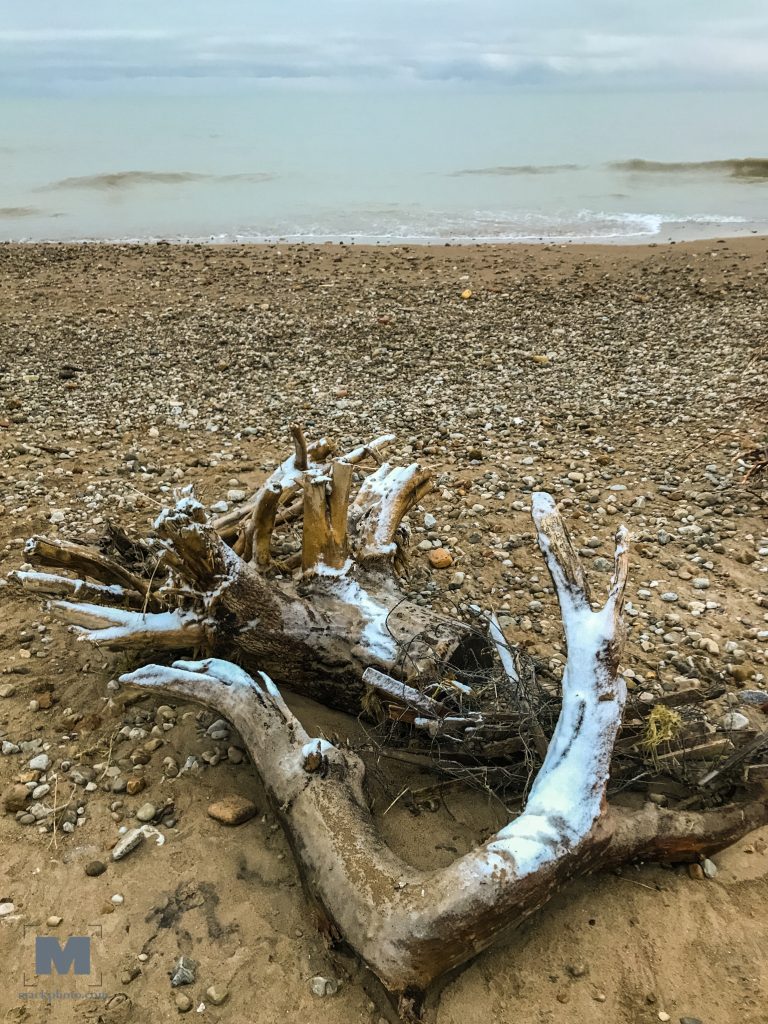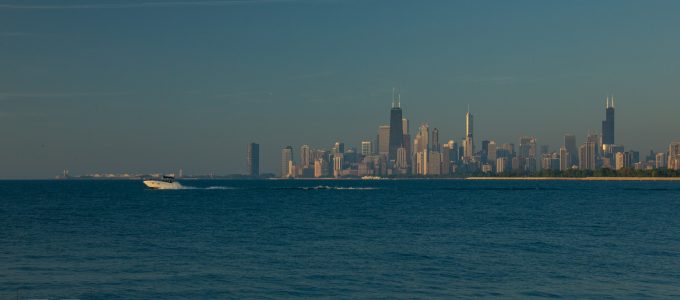During these very strange days here in Evanston, Illinois there has been an interesting diversion for those out for a walk or bike ride – a family of Great Horned Owls. The adults were spotted in late February or early March with three owlets born in March. Folks have been watching them in the trees, yes while social distancing and wearing masks, to watch the little ones grow to almost adults currently. I only came to know of them last week when a friend posted photographs of them. I have since been there three times to date and have watched them sleep in the trees, wash themselves while sitting on branches, followed each other through the trees all while waiting for mom to come back with food. Interestingly they seem to have a pecking order on who gets to eat first.
It has been great to watch these majestic raptors, known in many places as wise old birds of prey and held to an almost religious status. Watching them follow each other from one tree to another or deciding on a tree for themselves has been an interesting diversion from the pandemic spreading over this country.
They are common in North America but in cities they are not as common as in the forests and woodlands. This pair of adults apparently has been coming around north Evanston for a few years. Maybe next year they’ll decide my 300 year old oak is a good place to rest and raise their kids.
For those interested in the tech side, I shot with my Canon 5D Mark IV for both still and video images. The first evening I shot until it was so dark I had to up the ISO to 3200 which left them a bit grainy while watching them eat. On other days when I was shooting in the late afternoon early evening I could use ISO 400 easily. I used the 28-300 f5.6 on the first shoot, my 300 f4 with a 2x convertor the second day and went back to the 28-300 with the 2x convertor and a polarizing filter the third day.
Enjoy.
Richard

